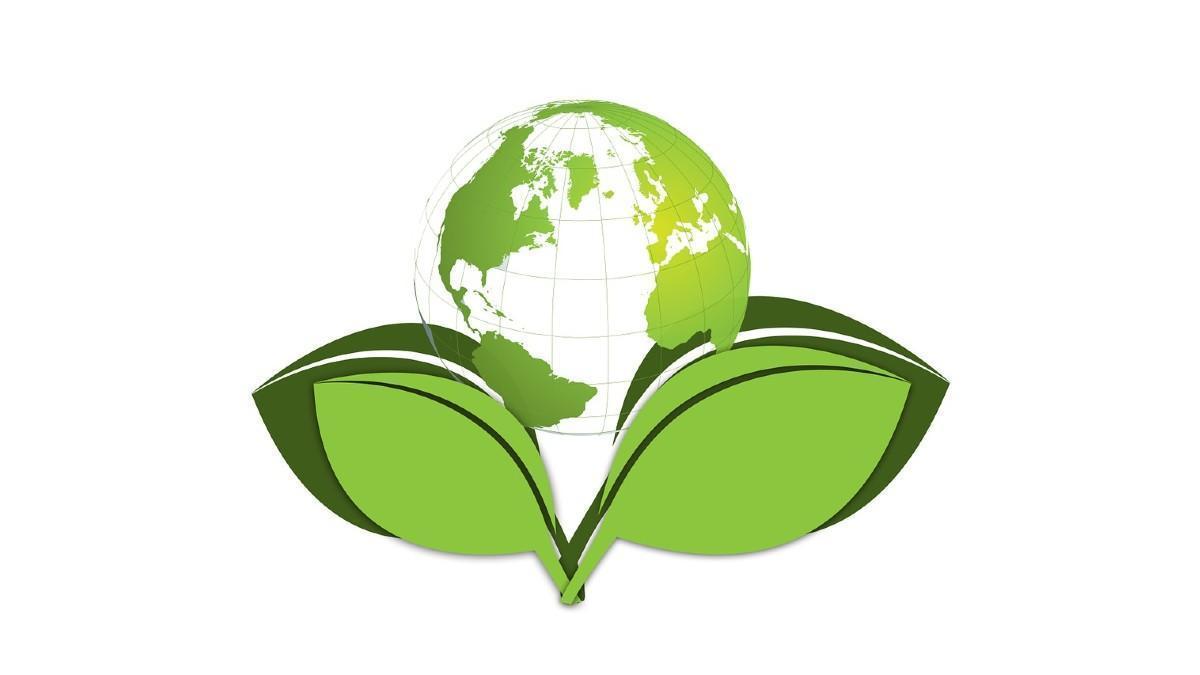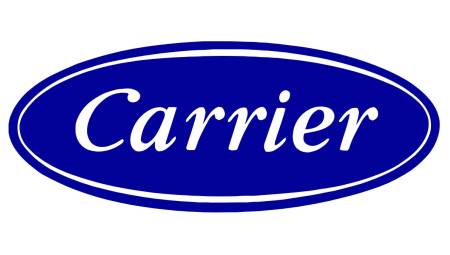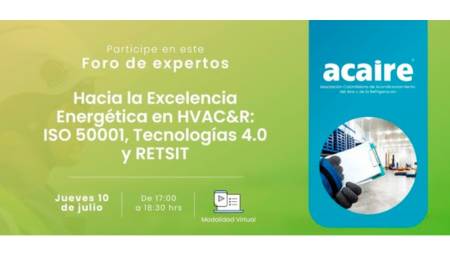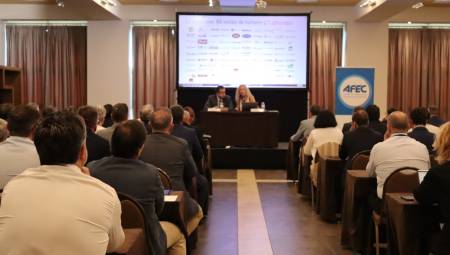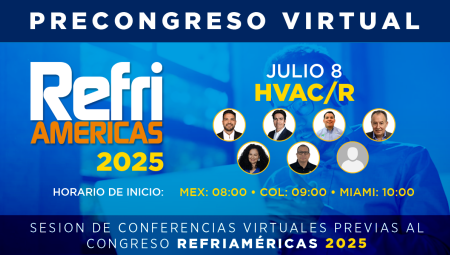International. Global regulations on fluorinated gases are evolving, with new ratifications of the Kigali Amendment (including China), the update of the GWP of certain refrigerants by the IPCC, and five European countries wishing to restrict the use of certain HFCs and HFOs under the REACH regulation.
1. Kigali Amendment
The Kigali Amendment adopted in Rwanda in 2016 in MOP 28, entered into force on January 1, 2019, after being ratified by more than 20 Parties to the Montreal Protocol (this was a requirement for its entry into force). At the time of writing, 125 Parties have ratified the Amendment.
Among the most recent signatories in 2021 are Iceland, Colombia, Zambia, Burundi, Cambodia, Dominican Republic, Gambia, Bosnia and Herzegovina, Cameroon, Syrian Arab Republic, Tunisia and China. The list of all countries that have ratified the Amendment since 2016 is available through this link. https://treaties.un.org/Pages/ViewDetails.aspx?src=TREATY&mtdsg_no=XXVII-2-f&chapter=27&clang=_en
On June 17, China, the world's largest producer of HFCs, ratified the Amendment. This ratification entered into force on 15 September. As part of Article 5 (Developing Countries), Group 1, China will have to reduce HFC use by 80% by 2045, compared to the period 2020-2022. HFC production will be frozen from 2024. This reduction in HFC emissions is part of China's broader goal of carbon neutrality by 2060, as announced in September 2020 by Chinese President Xi Jinping. The goal of peaking carbon emissions by 2030 before they decline thereafter has also just been announced by Xie Zhenhua, China's special envoy for climate change.
The United States has not yet signed the Kigali Amendment, but President Biden issued an executive order requesting Senate approval for ratification last January.
India, the third largest country responsible for a significant amount of HFC emissions, announced in August that it was approving ratification of the Kigali Amendment. The decision was taken on August 18 at a meeting of the Union cabinet, chaired by Prime Minister Shri Narendra Modi. However, the ratification process can take quite some time.
2. IPCC report: updated figures on global warming potential
The IPCC's latest assessment report, released last August, indicates recalculated global warming potentials (GWPs) for a large number of substances. This is particularly the case for hydrocarbons, whose GWP had never been calculated by the IPCC until now, and R32, which has been updated:
| Substance | GWP 20 years | GWP 100 years | Previous value (GWP 100 years) |
| R32 | 2693 | 771 | 677 |
| R290 | 0.072 | 0.02 | 3 |
| R600 | 0.022 | 0.006 | 3 |
The GWP of propane (R290) and isobutane (R600) is lower than the value estimates commonly used so far. On the other hand, the GWP of R32 is significantly increased above the regulatory threshold of 750, which is the limit set for single split units with a load of less than 3 kg from January 1, 2025 in the European Union, under the Regulation on fluorinated gases.
According to the report, greenhouse gas emissions from human activities are responsible for around 1.1°C of warming compared to the period 1850-1900, and it is estimated that, on average, over the next 20 years, global temperatures are likely to warm by another 1.5°C or more.
3. Scope of regulation
The European regulation REACH (Registration, Evaluation, Authorisation and Restriction of Chemicals) entered into force in 2007. Its aim is to ensure the manufacture and use of chemicals in European industry. It should identify, evaluate and monitor chemicals manufactured, imported or placed on the European market.
On 15 July, five EU countries announced their intention to submit a joint proposal to restrict perfluoroalkyls and polyfluoroalkyls (PFAS) to the European Chemicals Agency (ECHA) under the REACH regulation by July 2022. The five countries are: Germany, the Netherlands, Norway, Sweden and Denmark.
PFAS represent a group of more than 4,700 chemicals used in a wide variety of fields. Some substances, such as perfluorooctanesulfonic acid (PFOS) and perfluorooctanoic acid (PFOA), have already been banned in the EU.
Several refrigerants have been identified as PFAS by these countries because they contain at least one CF2 or CF3 in their molecular structure.
Among HFCs: R32, R134a, R125, R143a and R152a
Among HFOs: R1234yf, R1234ze (E) and R1233zd (E)
In addition, trifluoroacetic acid (TFA) is an atmospheric degradation product of R1234yf and R134a. TPAs are also part of PFAS.
The fluorinated gas industry in Europe, represented by the EFCTC (European Technical Committee for Fluorocarbons), considers that HFCs, HFOs or HCFOs should not be covered by the REACH regulation because they are short-chain substances and do not meet the classification criteria as persistent, bioaccumulative and toxic substances. According to the EFCTC, these substances have a low absorption potential in the atmosphere and are expected to volatilize rapidly.
Source: IIR.


